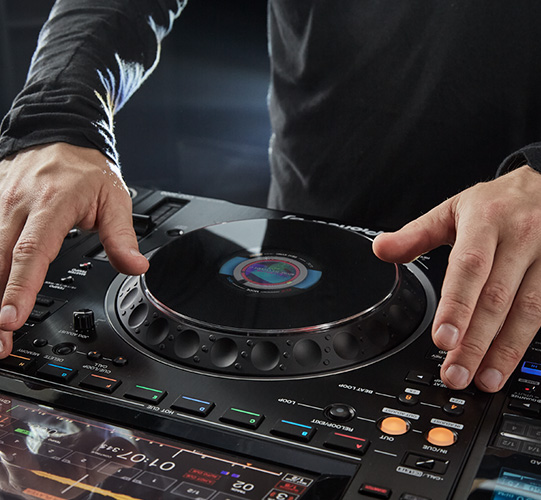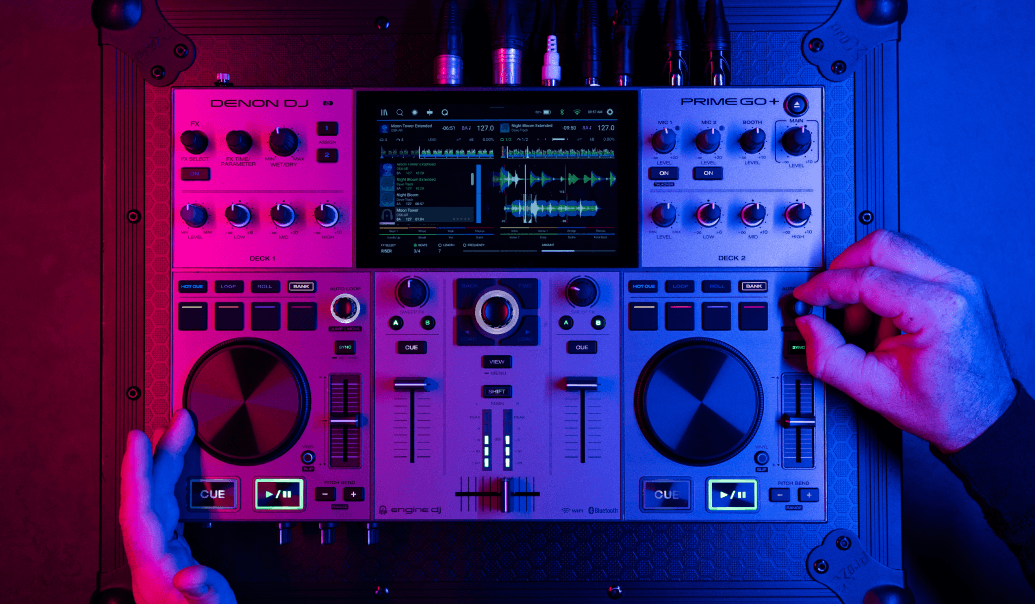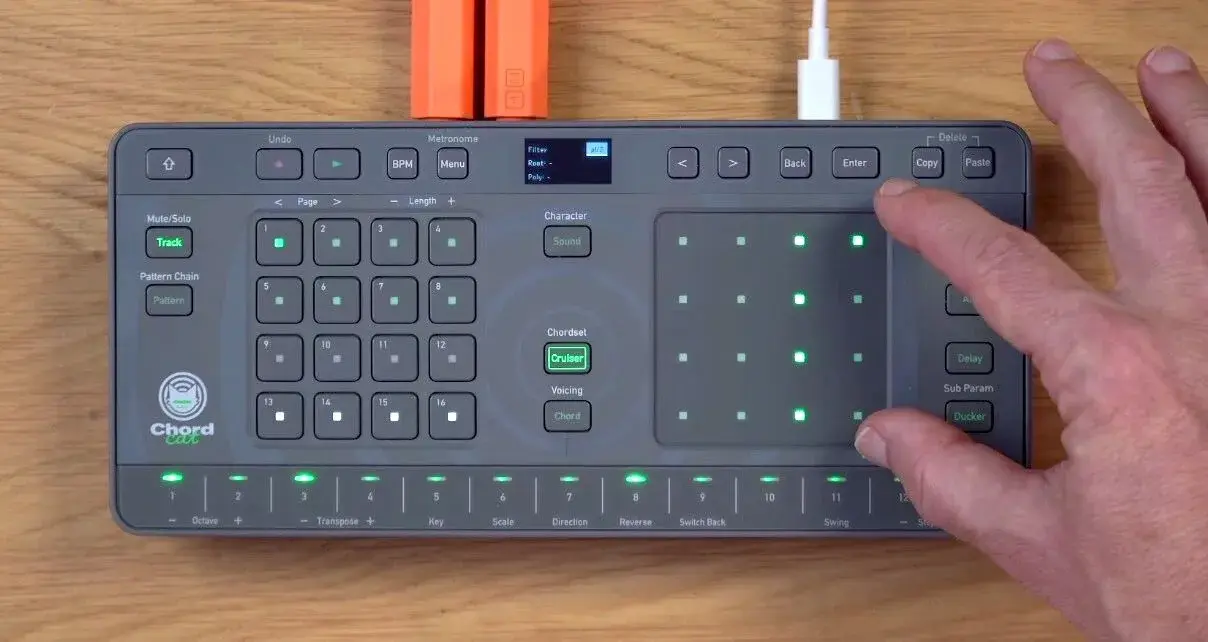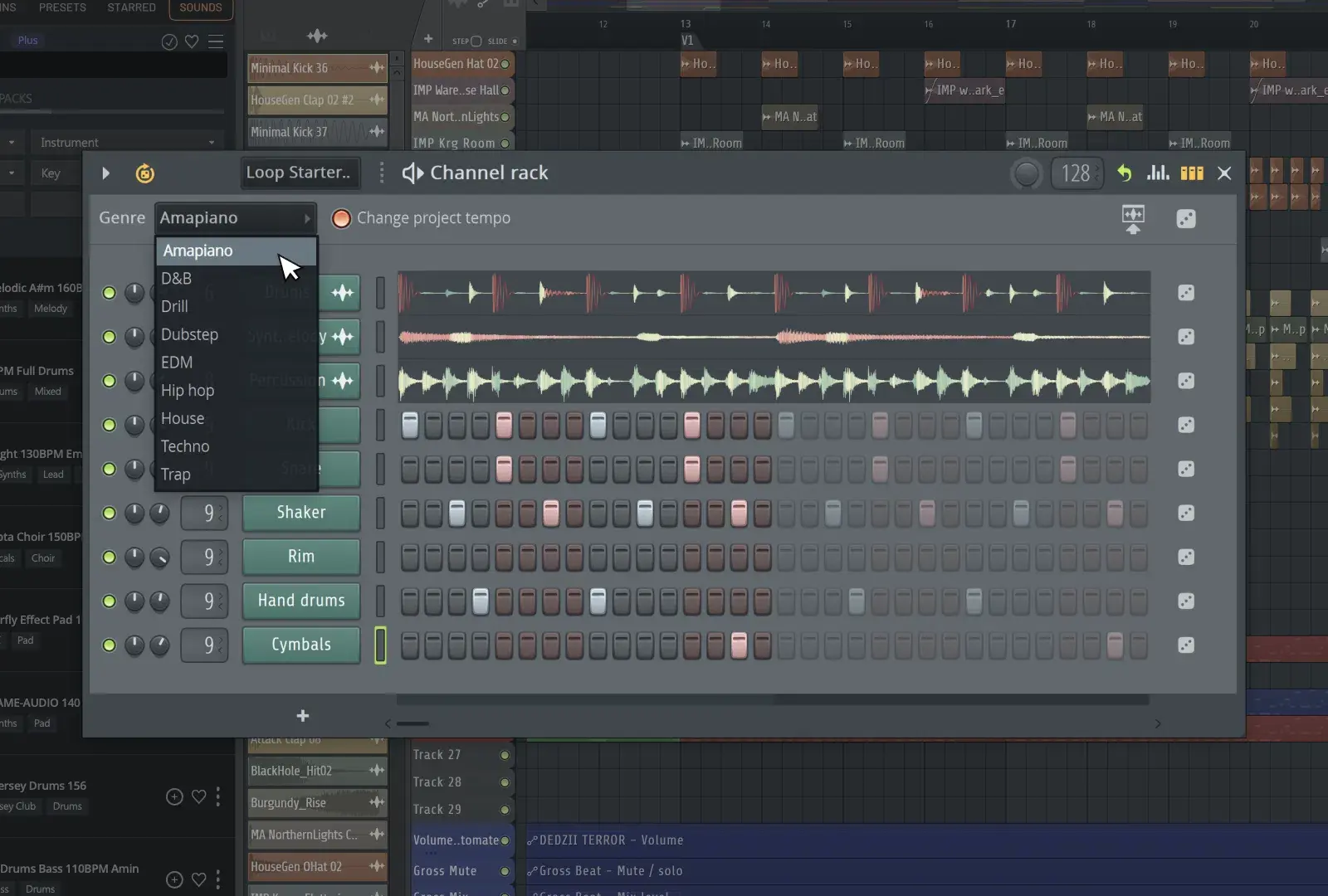
Ableton Live excels as one of the music industry’s leading software for creating or recording musical ideas, transforming them into finished songs, and even performing them on the stage. Many may not know that Live is designed for performance. When using Live for performances, it is essential to minimize the CPU load to avoid crashes or unwanted system behavior. Luckily, by default, many of Live’s settings are optimized to improve playback and keep CPU usage low. This optimization is ideal for performance reasons, however, it doesn’t provide the highest sound quality output available from Live. Don’t sweat, because Live is one of the most versatile DAWs on the market, and you can believe they have implemented features that allow us to achieve high-quality sound for productions.
Below are some common settings you can enable to achieve higher quality output. Keep in mind that these settings will increase the CPU load.
Live offers a global ‘High Quality’ option that is available from the Preferences window. This window is accessed from the Options menu in Windows or the Live menu in OS X. Preferences can also be accessed with the [CTRL][,](PC) / [CMD][,](Mac) shortcut. With Live’s Preferences open, choose the ‘Audio’ tab and look for the ‘Default SR & Pitch Conversion’ switch. Enabling the switch to ‘High Quality’ will activate sample interpolation for all new clips by default. This means Live will use an advanced sample-rate conversion algorithm that provides better sound quality when recording and playing back audio. Samples processed with the Hi-Q algorithm generate less distortion, particularly at high frequencies, when transposing a sample and/or matching an imported audio sampling rate to the system’s sampling rate.
You can also change the High Quality Interpolation setting for individual samples at any time by double-clicking an audio clip to access its ‘Clip View’ settings and then clicking the ‘Hi-Q’ switch in the ‘Sample’ box.
There are different types of sound quality options available for several of Live’s native Audio Effects and Instruments. Many of these options are only available via the context menu that is accessed from a device's Title Bar using the shortcut [right-click](PC) / [CTRL-click](Mac). Let’s explore how to achieve higher sound quality for various devices.
Chorus offers a ‘Crisp’ option that can be toggled on or off via the context menu. Enabling this option will reduce aliasing and improve the sound quality, particularly with high frequency signals. This option is enabled by default, except when loading Sets made in earlier versions of Live that use Chorus.
Dynamic Tube offers a ‘Hi-Quality’ mode that can be toggled on or off via the context menu. Enabling this option will reduce aliasing and improve the sound quality, particularly with high frequency signals.
EQ Eight offers an ‘Oversampling’ option via the context menu. Enabling this option causes EQ Eight to internally process two times the current sample rate, which allows for smoother filter behavior when adjusting high frequencies.
New analog-modeled filters are available in Simpler, Sampler, Operator, and Auto Filter. These are based on classic vintage hardware models and will self-resonate, feedback, and distort beautifully. Between the different models, the ‘Clean’ circuit option is the most high-quality and CPU-efficient.
Flanger offers a ‘Hi-Quality’ mode that can be toggled on or off via the context menu. Enabling Hi-Quality results in a brighter sound.
The Glue Compressor offers an ‘Oversampling’ option that can be toggled on or off via the context menu. Enabling this option causes the Glue Compressor to internally process at two times the current sampling rate, which may reduce aliasing and transient harshness. Note that with Oversampling enabled, the level may exceed 0 dB even with Soft Clip enabled.
The Global Quality chooser menu located on Reverb's interface is where you can switch between reverb quality and performance. ‘Eco’ uses minimal CPU resources, while ‘High’ delivers the richest reverberation.
Saturator offers a ‘Hi-Quality’ mode that can be toggled on or off via the context menu. Enabling this option will reduce aliasing and improve the sound quality, particularly with high frequency signals.
Live’s Operator Instrument minimizes aliasing by working in a high-quality ‘Antialias’ mode. This is on by default for new patches, but can be turned off in the global section. Antialias mode helps to minimize high frequency distortion. Disabling this mode reduces the CPU load as well.
Live’s Sampler Instrument has a chooser menu labeled ‘Interpol,’ which offers different Interpolation modes. This is a global setting that uses advanced algorithms to process audio and determine the accuracy of transposed samples. From the chooser menu, select ‘Best’ to achieve the highest quality sound. Be aware that raising the quality level above ‘Normal’ will increase the CPU load.
Tip: You can save the high quality settings for each device to load as default every time you open a new Live Set by right-clicking the device’s Title Bar and choosing ‘Save as Default Preset’ from the context menu.
The three Convert commands are extremely helpful and can be used to generate some interesting results. They allow you to extract the musical information from audio clips and place it into MIDI clips on new tracks. For example, you can record yourself humming a bassline, and use the ‘Convert Melody to MIDI’ command to generate MIDI that can be used as a starting point for a new bass pattern. To achieve the best sound quality, it is recommended to use uncompressed, high-quality audio files such as .wav or .aiff. Lossy data formats such as .mp3 may result in unpredictable conversions, unless the recordings are at high bit rates.
Below is a list provided by Ableton of recommended practices and program settings for users looking to achieve optimal audio quality in Live.
Please note that these practices will achieve optimal audio quality, but disable some of Live‘s functionality — in particular, stretching and synchronization.

Over the years of my DJ career I've logged countless hours on Pioneer's gear, from the gritty reliabilit...

Introduction Welcome to the electrifying world of DJing in 2025, where beats drop not just in clubs but ...

If you've ever stared at your keyboard, scratching your head over the next chord in your progression, th...

FL Studio 2025: Start Faster, Finish Stronger with Game-Changing Creative Tools Say goodbye to creative ...